Research and analysis
Brand and target audience analysis: Before starting to create a logo, the designer examines the company, its product or service, brand values and target audience. It is important to understand what style and mood a logo should convey (for example, strict, cheerful, innovative, elegant, etc.).
Competitor analysis: Researching competitors’ logos helps you understand trends and find ways to stand out from other brands.
Conceptual development
Creating concepts: At this stage, the designer develops several conceptual versions of the logo, which may include various styles, fonts, symbols, and color schemes. Usually, several alternatives are created so that the client can choose the appropriate one.
The use of corporate elements: It is important that the logo is associated with the mission and values of the company. Sometimes specific elements are included that emphasize the uniqueness of the business (for example, modern forms can be used in the field of technology, green shades and natural elements in the field of ecology, etc.).
Sketches and first versions
Hand Sketches: A designer can start by sketching on paper to quickly illustrate ideas and concepts.
Software implementation: Then the most suitable concept is selected and recreated in a graphic editor (for example, in Adobe Illustrator or CorelDRAW). This stage includes choosing a font, color, and shape.
Selection and refinement
Presentation of options: Usually the client is offered several logo options to choose from. These options may vary in color palette, fonts, and style.
Discussion and edits: During customer feedback, the designer makes the necessary adjustments to the logo. This may be a change in color, font, shape, or other elements.
Final version: After the client has selected the option and all the edits have been taken into account, the final version of the logo is created.
Preparing a logo in various formats
Vector files: The logo is provided in vector formats (for example, .ai, .eps, .svg), which allow you to resize it without loss of quality.
Raster files: The logo is also saved in raster formats (for example, .png, .jpg), which are used for various online and printed materials.
Using the logo in different media: Creating a logo that will look good on the website, as well as on business cards, packaging, promotional materials and other media.
Corporate identity
Development of corporate elements: Sometimes the creation of a logo is accompanied by the development of corporate identity elements such as a color palette, fonts, business cards, letterheads, templates for social networks, etc. This helps the logo to look harmonious in different contexts.
Technical recommendations
Recommendations for using the logo: Includes instructions on how to use the logo correctly: how and where it can be placed, how not to distort or change the logo, what colors and proportions to use.
Advantages of creating a custom logo:
Uniqueness: A professional designer will create a logo that is unique, reflecting the features and values of your brand.
Harmony with corporate identity: The logo will blend harmoniously with other elements of your corporate identity and marketing materials.
Professional approach: Designing a logo that takes into account all the nuances and requirements increases the credibility of your brand and makes it more attractive to customers.
Flexibility: Professional logos can be used in different formats and on different media (website, social media, printed products, packaging, etc.).
Be the first to review “Creating logos” Cancel reply
Related products
Services
Services
Services
Services
Services
Services
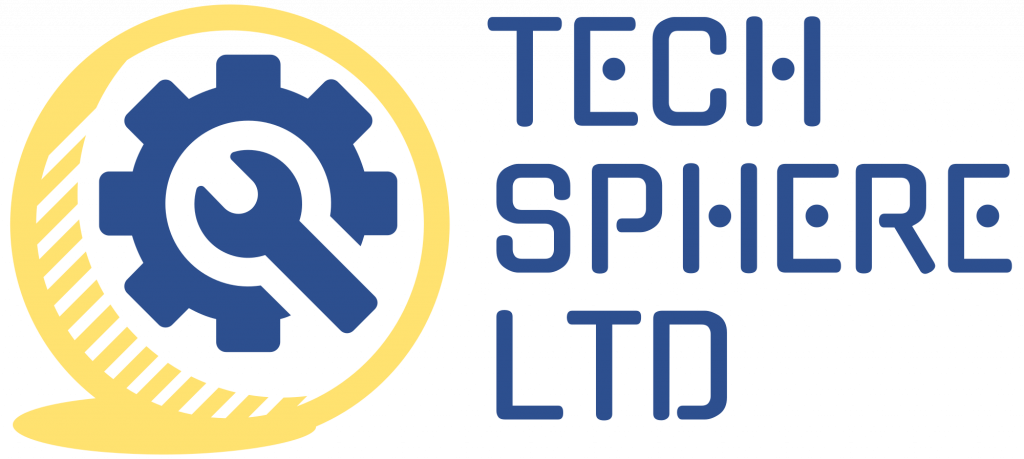

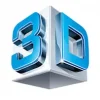

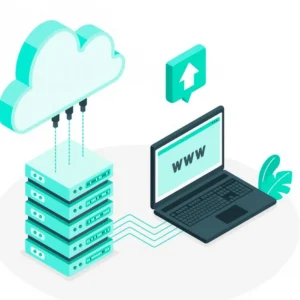


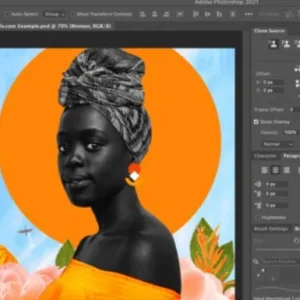
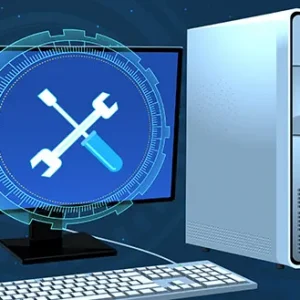


Reviews
There are no reviews yet.